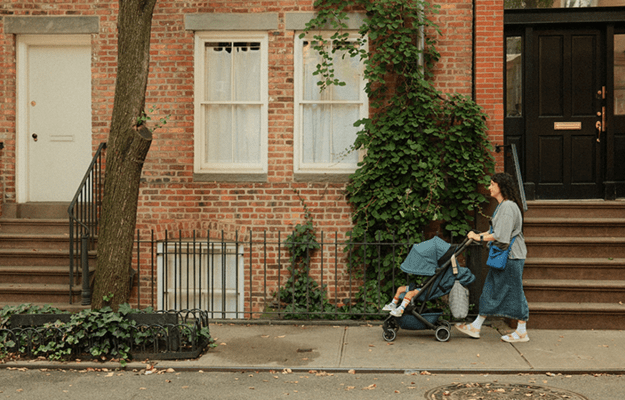
(Rido/Shutterstock)
Racially Unequal School Boundaries Amplify Educational Inequity
- Title:
-
Dividing Lines: Racially Unequal School Boundaries in US Public School Systems
- Author:
-
Tomas Monarrez and Carina Chien
- Source:
- Publication Date:
-
2021
In the US, family preferences and local policy choices preserve school segregation by race. This report examines the role of local school attendance boundary policies in perpetuating racial segregation in schools.
The authors created a spatial dataset representing all metropolitan areas in the US by combining more than 65,000 school attendance boundaries from the 2019–20 school year and school performance, census data, and outcome data from a range of sources including the National Center for Education Statistics’ Common Core of Data, the Stanford Education Data Archive, and the Civil Rights Data Collection from US Department of Education. The researchers used this dataset to identify pairs of neighboring public schools with vastly different shares of Black and Latinx students.
They found 2,373 “highly racially unequal” school boundary lines across almost every US metropolitan area - about 6 percent of public schools in the sample. The researchers analyzed the connection between racially unequal school districts and students’ outcomes, access to resources, and educational experiences, including staffing, program offerings, and student discipline rates. They also explored the link between the Home Owners’ Loan Corporation’s (HOLC’s) redlining map and school attendance boundaries created in the 1930s, where neighborhoods with a grade of A or B were desirable and those with a grade of C or D were considered declining or hazardous.
This report finds some attendance zones amplify racial segregation in schools and perpetuate educational inequality and unequal access to resources between Black and Latinx students and white peers. The authors argue small changes in school attendance boundaries can make a big difference for school integration, access to resources, and educational outcomes.
Key findings
- Vast inequalities exist between schools in the same neighborhood (which are often administered by the same governing body); 38 percent of racially unequal pairs in the study existed within the same school district.
- Local jurisdictions draw racialized school boundaries in ways that also divide students by socioeconomic status. Across pairings, the school with a higher share of Black and Latinx students had a higher share of students receiving free and reduced-price lunch than the school with the lower share of Black and Latinx students (0.82 and 0.40 respectively) and higher share of students with limited English proficiency (0.22 and 0.08 respectively).
- The schools with a higher share of Black and Latinx students had a higher share of teachers with only one to two years of teacher experience and higher levels of teacher absenteeism. These schools were also less likely to have counselors and health workers but were more likely to have security guards as permanent staff.
- Schools with higher shares of Black and Latinx students had less access to advanced educational program seats and had higher rates of disciplinary actions, such as suspensions.
- In many cities, racially unequal school boundary lines often coincide with the HOLC’s redlining maps. Across the US, school attendance zones with higher shares of Black and Latinx students have 30 percent more C- and D-grade HOLC zones and 17 percent fewer A- and B-grade HOLC zones than those with lower shares of Black and Latinx students.
- School districts in which parents can choose any school in the system, known as “centralized choice,” are more likely to have high rates of racial, ethnic, and socioeconomic segregation than school districts without “centralized choice” options. Following the implementation of centralized choice, school segregation patterns in these districts do not change considerably.
Policy implications
- Public school systems that wish to ameliorate the impact of neighborhood segregation on school segregation can redraw school attendance boundary lines that segregate neighboring schools.
- To amend unequal boundaries between school districts, school boards can work with neighboring jurisdictions or encourage the intervention of the state government to alter school district boundaries.


